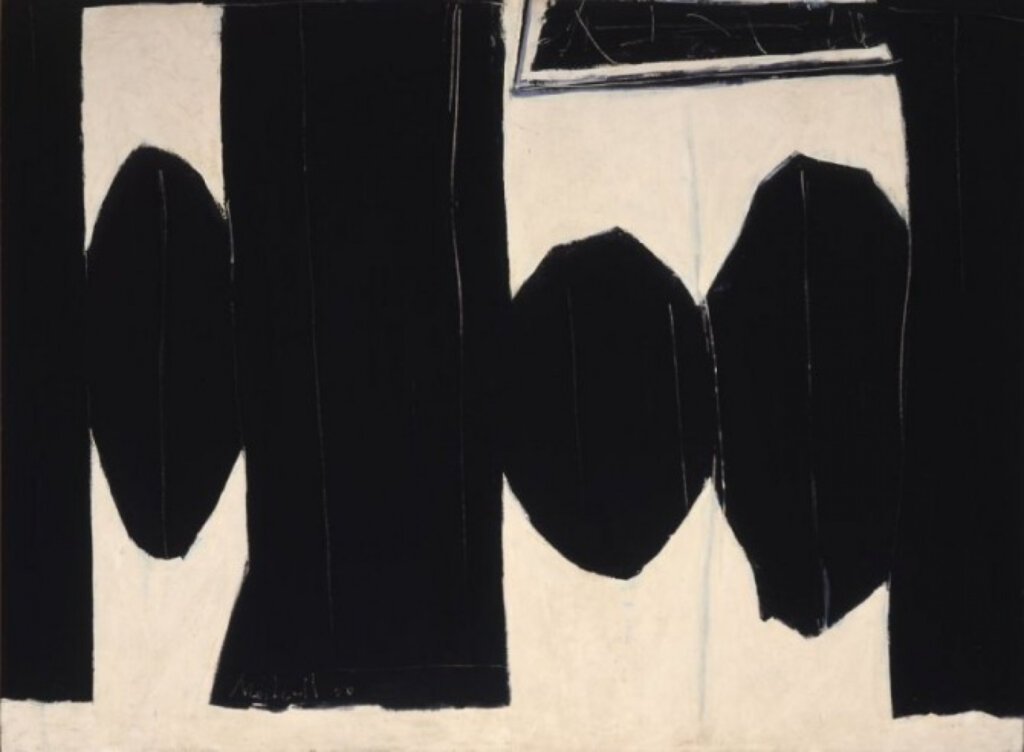Clyfford Still and Mark Rothko
Clyfford Still and Mark Rothko Clyfford Still and Mark Rothko held central roles in the realm of abstract expressionism. While the movement encompassed a wide array of artists, it’s these two individuals, along with Robert Motherwell, who have particularly captivated my attention. Clyfford Still (1904–1980) is renowned for his artworks that emanate expansive painted surfaces and vibrant colors. His pieces frequently incorporate deep, dark blue and brown tones, forging a robust and intense atmosphere. Still’s pursuit was to convey universal and existential themes, delving into the profundities of life and its enigmas. On the other hand, Mark Rothko (1903–1970) is celebrated for his painting style, often characterized by extensive color fields brushed with soft, ethereal hues. His creations foster a serene and contemplative ambiance, aspiring to evoke specific states of mind. Rothko intended for viewers to immerse themselves in the inner sanctums of his works, to feel the potency and impact of colors—to be directly moved by them. His pieces exhibit a paradoxical blend of simplicity and intricacy. The artistic output of both these luminaries is potent, evoking profound emotional responses from observers. Their aim is to lead the viewer to encounter something deeper than mere visual delight. The works of Still and Rothko beckon the viewer to pause, to dedicate time to discovering inner experiences and reflections. The significance of both artists in the annals of abstract art is monumental. They exerted a substantial influence on the evolution of abstract expressionism, helping to forge novel avenues of artistic expression. Their artistry has been a wellspring of inspiration for countless artists. An illustrative instance is the works of the German artist Anselm Kiefer, which evince a palpable abstract expressionist influence. Kiefer employs expansive painted surfaces, intense colors, and layering in his arresting creations. Another noteworthy contemporary artist who has drawn inspiration from the oeuvres of Still and Rothko is the American artist Agnes Martin. Martin’s minimalist paintings bear a striking affinity to Rothko’s color palette and abstract expression. Martin’s artistry is characterized by harmoniously balanced and meditative paintings. Furthermore, artists like Brice Marden, Sean Scully, Gerhard Richter, and Cy Twombly have openly acknowledged the indelible imprint of Still and Rothko on their work. The influence of Still and Rothko transcends the realm of painting, extending its reach into photography, sculpture, and installation art.


